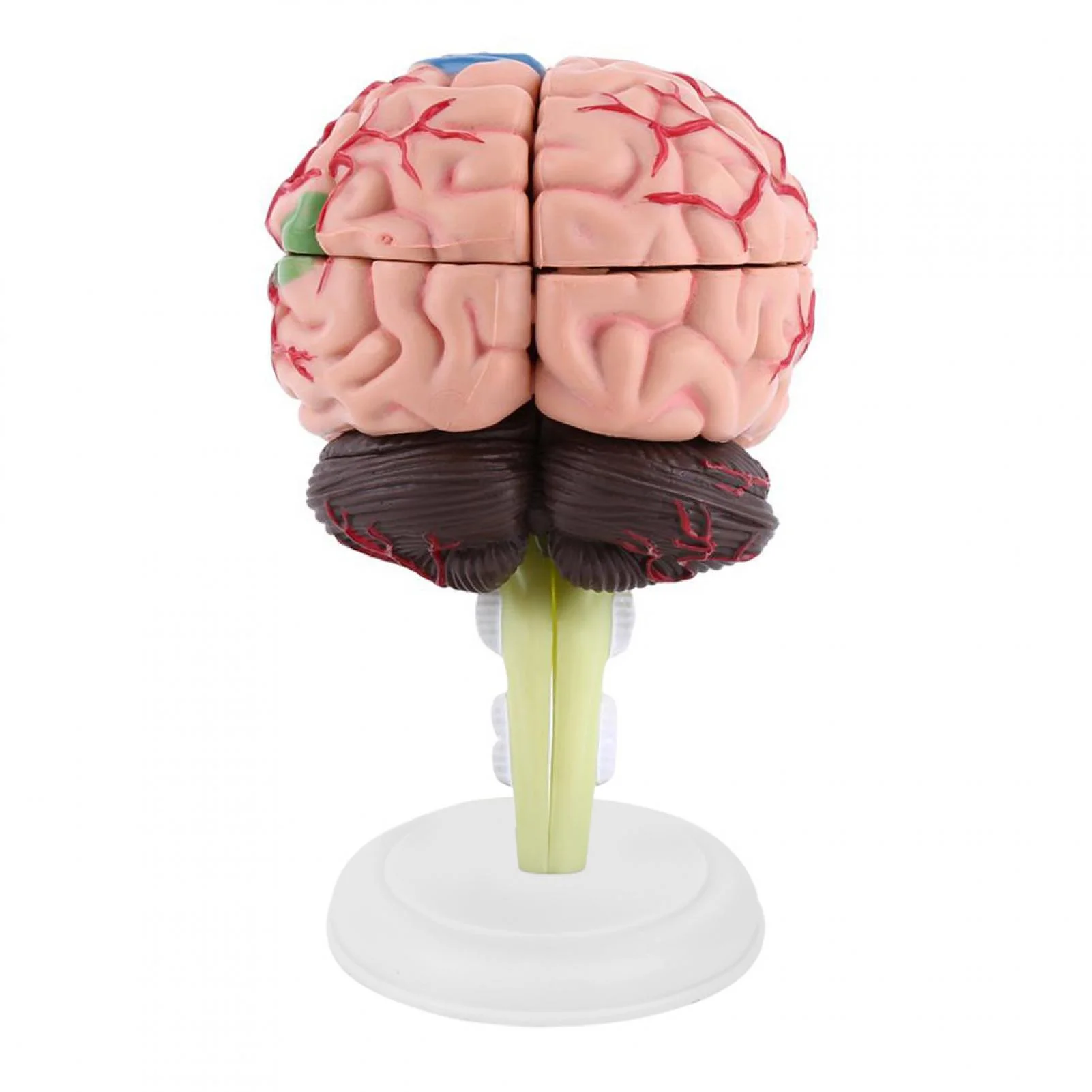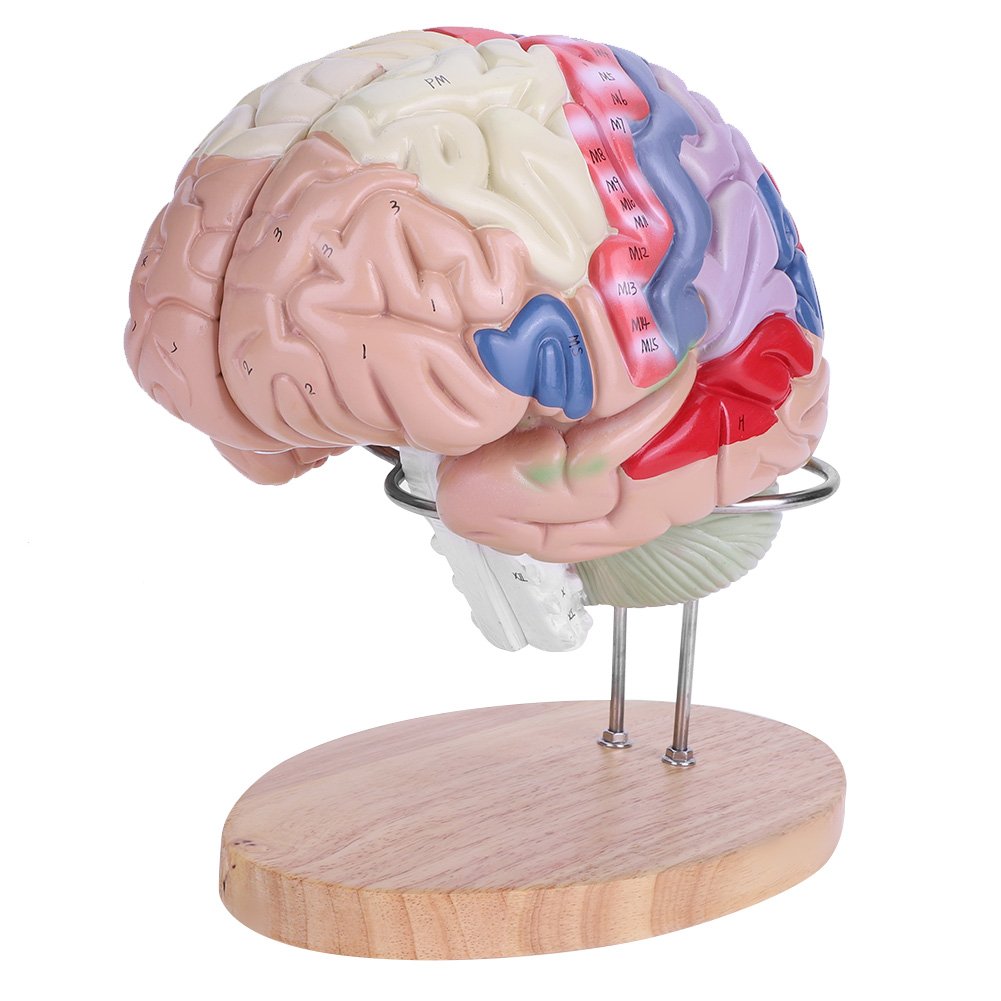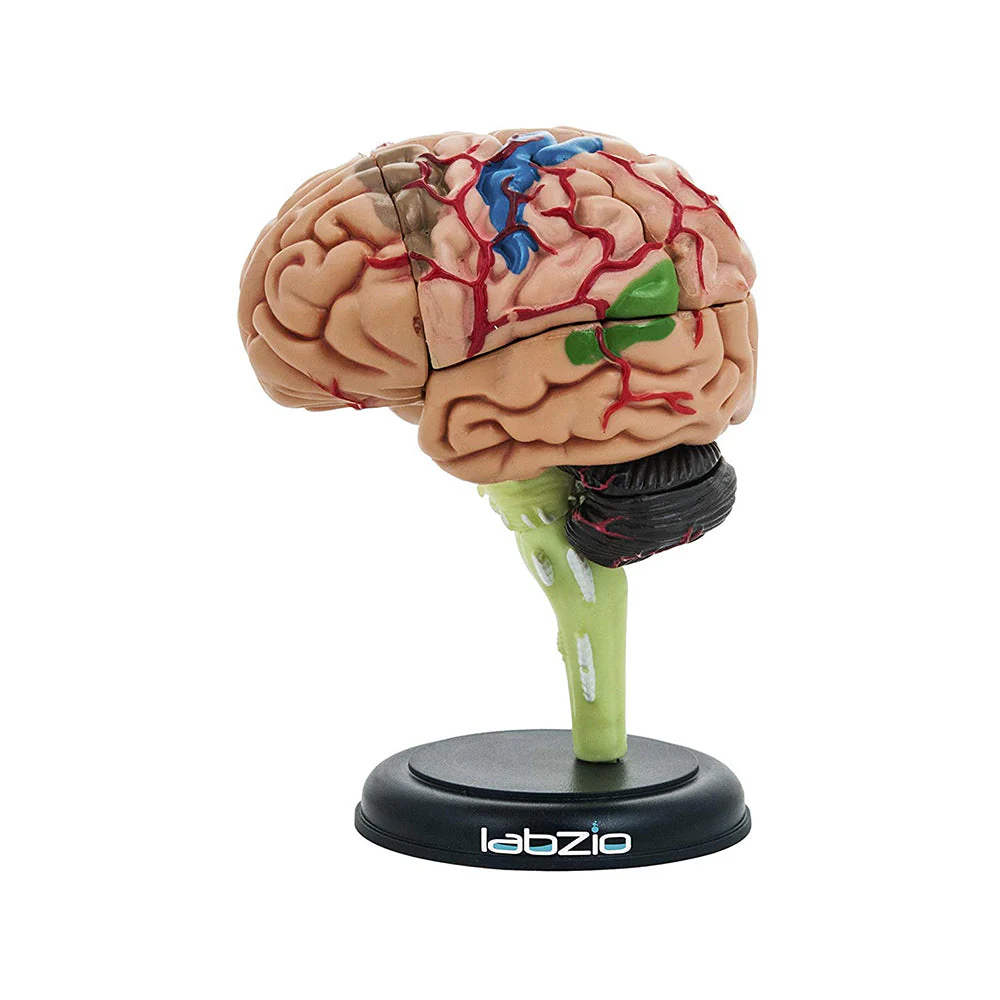Introduction to LSD and Its Effects on the Brain
LSD, or lysergic acid diethylamide, is a powerful hallucinogenic drug. Its effects on the brain create a range of sensory and psychological changes. When ingested, LSD acts on serotonin receptors. These receptors influence mood, perception, and physiological processes. What does acid do to your brain?Research shows LSD causes increased brain activity and connectivity. This can lead to altered thoughts, emotions, and sensory experiences.
LSD’s altered reality is due to its interaction with the brain’s chemistry. It can cause vivid hallucinations and a feeling of oneness with the universe. Users report dramatic shifts in perception and emotional states, ranging from bliss to fear. Studies suggest LSD may not damage brain cells. However, its intense effects can bring profound changes in consciousness.
Understanding the impact of LSD on the brain requires a look at both short-term and potential long-term effects. This drug’s profound influence on brain function opens discussions on therapeutic possibilities to application risks. Exploring both the science and the myths surrounding LSD provides a clearer view of its role in altering human consciousness.

Short-Term Psychological Effects of LSD
What does acid do to your brain?When a person consumes LSD, a cascade of short-term psychological effects begins. These effects can widely vary from person to person and are directly tied to how LSD interacts with the brain.
The Role of Serotonin Receptors
LSD targets serotonin receptors in the brain. These receptors are crucial for mood, thought, and perception. When LSD binds to these receptors, it alters their normal activity. This change can lead to mood shifts and changes in how we perceive the world around us.
Altered Perceptions and Hallucinogenic Experiences
LSD is well-known for causing intense sensory experiences, or hallucinations. Colors might seem brighter, and shapes may warp. Sounds could blend with sights, creating a phenomenon known as synesthesia. Reality can seem distorted, and time might appear to slow down or speed up.
Onset and Duration of LSD’s Effects
When LSD enters the system, its impact is not immediate. Effects typically kick in within 20 to 90 minutes after ingestion. The experience can last up to 12 hours, leaving a long trail of altered perceptions and sensations.
LSD’s effects hinge on various factors including dosage, individual physiology, and environment. Users report that surroundings play a key role. A calm, familiar setting may lead to a more pleasant trip. Conversely, a stressful environment could result in discomfort or anxiety.
What does acid do to your brain?As for duration, some users may find waves of effects ebbing and flowing through the trip’s course. It’s worth noting that each person’s encounter with LSD is unique. While one might have a brief, intense experience, another could undergo a longer, more modulated journey.
Understanding the unpredictability of LSD’s effects is crucial. It helps set expectations and supports safer consumption practices, especially for first-time users. However, no LSD use is completely risk-free, even with precautions in place.

The Long-Term Impact of LSD Use on the Brain
What does acid do to your brain?The long-term effects of LSD on the brain remain a topic of debate. Based on current research, there’s no solid evidence that LSD causes lasting damage to brain cells. On the contrary, it could have the potential to encourage neural growth. However, this exciting possibility needs more human studies for confirmation.
LSD Tolerance and its Short-Lived Nature
One clear short-term effect of frequent LSD use is the rapid development of tolerance. Users may need larger doses to feel the same effects. Thankfully, this tolerance tends to be temporary. It typically dissipates after a few days of not taking the drug. Such short-lived nature indicates that LSD does not have lasting impact on the brain’s basic structure.
The Link Between LSD, Psychosis, and HPPD
A major concern with LSD is its link to mental health issues like psychosis and hallucinogen persisting perception disorder (HPPD). Psychosis involves distorted thoughts and loss of touch with reality. Cases of LSD-induced psychosis are rare, particularly for those without pre-existing mental health conditions.
HPPD is rarer still, characterized by ongoing flashbacks to hallucinations days or even years after taking LSD. It doesn’t seem connected to the intensity of trips or bad experiences. Instead, it might relate to underlying anxiety or pre-existing neurological conditions. Professionals emphasize the importance of further research and understanding individual risk factors.
Debunking the Myth of LSD ‘Permafried’ Conditions
The term ‘permafried’ suggests LSD can cause endless trips or lasting brain damage. Yet, research doesn’t support this stark view. Many stories tell of individuals changed forever after LSD use. Science, however, reveals a different narrative.
Unpacking the ‘Permafried’ Myth
The fear is that one bad trip could lead to permanent brain harm. Studies show no direct link between LSD and endless psychedelic states, contrary to popular belief. ‘Permafried’ is more of a myth than a medical reality.
HPPD: A Rare Counterpart
While the ‘permafried’ condition is largely debunked, HPPD remains a small risk. This involves flashbacks and visual disturbances, often disruptive. But it’s important to note, HPPD is rare, not guaranteed after every LSD experience.
No Evidence of Ongoing Trips
Despite tales, there’s no proof that LSD causes never-ending psychedelic experiences. Users can typically expect a return to baseline after the drug wears off. Professionals cite the need for more research to navigate the risks accurately.
Clarifying Reality: LSD Doesn’t Damage Brain Cells
Contrary to fearful myths, LSD doesn’t kill brain cells. What does acid do to your brain?Some evidence even hints at possible neuron growth. But, claims of repairing the brain are still under investigation. Caution remains essential, given LSD’s unpredictable effects on the mind.

Potential Therapeutic Uses of LSD
Though LSD is often associated with recreational use, recent research has suggested potential therapeutic benefits. What does acid do to your brain?This substance, known for altering perception and thoughts, might also influence brain plasticity and mental health treatment.
Recent Studies on Neuroplasticity and Mental Health
Recent scientific inquiries have looked at LSD’s impact on the brain’s structure and function. A notable study found that microdoses of LSD encourage the growth of neurons. If these findings apply to humans, LSD could aid in treating mood and anxiety disorders.
Mental health conditions can stem from reduced neuron size in the prefrontal cortex. This brain region is critical for managing emotions. LSD’s ability to promote neuronal growth might counteract this shrinkage. Thus, it could usher in new therapies for various mental conditions.
Moreover, the notion that LSD creates a sense of oneness with the universe could be therapeutic. Individuals struggling with anxiety or depression might benefit from this unique perspective offered by LSD-enhanced therapy sessions. However, this approach is still experimental and requires further validation through research before widespread adoption.
It’s also crucial to note that while early studies are promising, LSD remains a powerful substance with significant risks. The potential for therapeutic use is exciting, but it must be approached with thorough scientific scrutiny and care. More research is needed to establish safe and effective protocols for using LSD in a therapeutic context.
Understanding the Risk Factors and Safe Use Guidelines
When considering LSD usage, understanding the associated risk factors is crucial. Not all individuals will have the same response to this powerful substance, and certain groups should be cautious or avoid it altogether. Here are some key points to keep in mind regarding safe use guidelines and risk factors:
Awareness of Pre-existing Conditions
People with a history of mental health issues, especially schizophrenia or bipolar disorder, may experience exacerbated symptoms under the influence of LSD. Individuals with family histories of these conditions should also exercise caution.
Environmental Factors
The setting in which one uses LSD can profoundly affect the experience. A safe, peaceful, and familiar environment, often referred to as ‘set and setting,’ is recommended to minimize the potential for negative experiences.
Dosing Caution
Proper dosing is difficult to determine due to the illegal status of LSD and the potential for variation in the substance’s purity. Starting with very small doses can help reduce the chances of overwhelming effects.
Support System
What does acid do to your brain?Having trusted individuals present can provide grounding and assistance if the experience becomes intense or fearsome.
Know When Not to Use
It’s important to be aware of one’s physical and psychological state before using LSD. Avoid using it when feeling anxious, stressed, or physically unwell, as these conditions can lead to a negative experience.
Legal and Health Considerations
LSD is a controlled, illegal substance in many places, which brings legal risks in addition to health considerations. Understanding the laws and potential legal consequences is essential before making any decision to use LSD.
By being informed and cautious, individuals can reduce the risks associated with LSD. However, it is essential to remember that no use of LSD is entirely risk-free and abstaining from use is the safest option. If one does choose to use, these guidelines may help in managing the associated risks.

Conclusion: The Complex Interactions of LSD and Brain Health
LSD’s journey through the brain is a complex one. It touches on various aspects from mood to perception, igniting a debate on its effects. This drug may not harm brain cells, a belief once held with concern. Research hints it could even encourage neuron growth, a hopeful prospect for mental health treatments.
Users should know LSD’s impact is unpredictable. Each brain reacts in its unique way, leading to varied experiences. While some enjoy profound oneness with the universe, others may face intense anxiety. It’s clear that setting, mood, and company greatly shape the trip.
The term ‘permafried’ seems more myth than truth, with little evidence to back it. HPPD, though rare, is a condition to acknowledge but not expect. As for therapy, LSD’s potential can’t be ignored. Its effects on neuroplasticity open doors to new treatment possibilities. Careful research must guide such therapeutic explorations.
Safety and awareness remain crucial for those considering LSD. Knowing one’s mental health, choosing the right environment, and having support are key. Recognizing risks and legality matters too. As researchers dig deeper, they’ll unveil more about LSD’s place in brain health and therapy.
